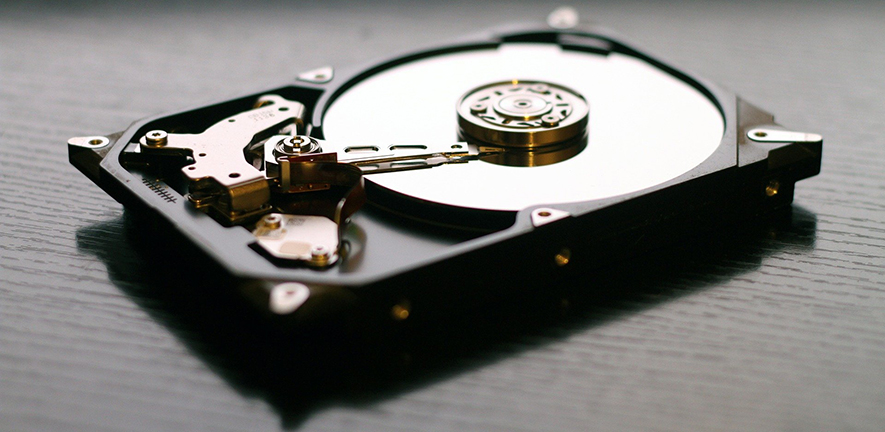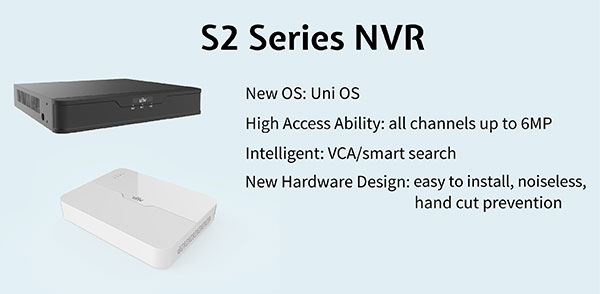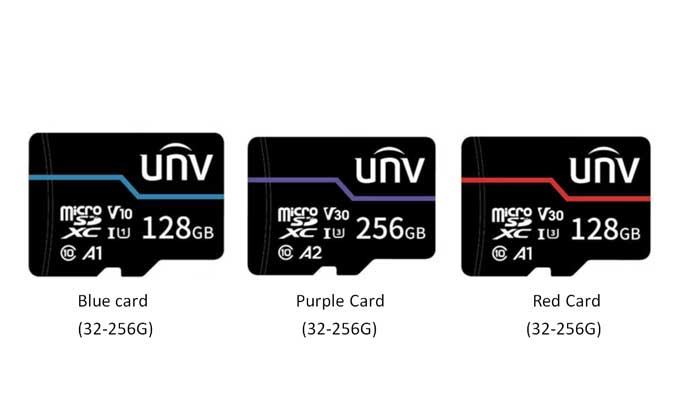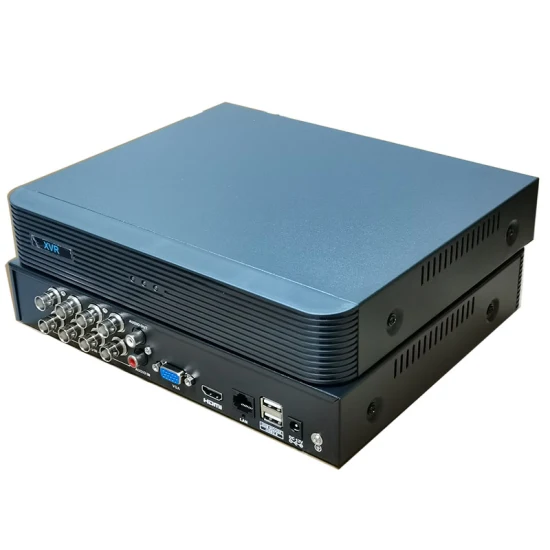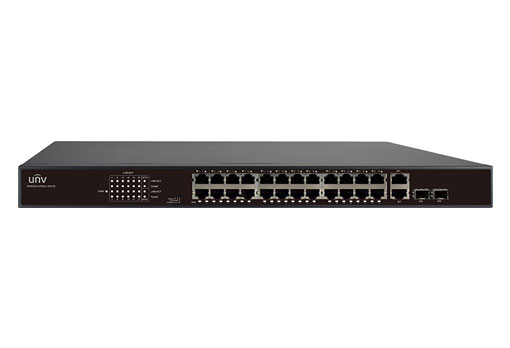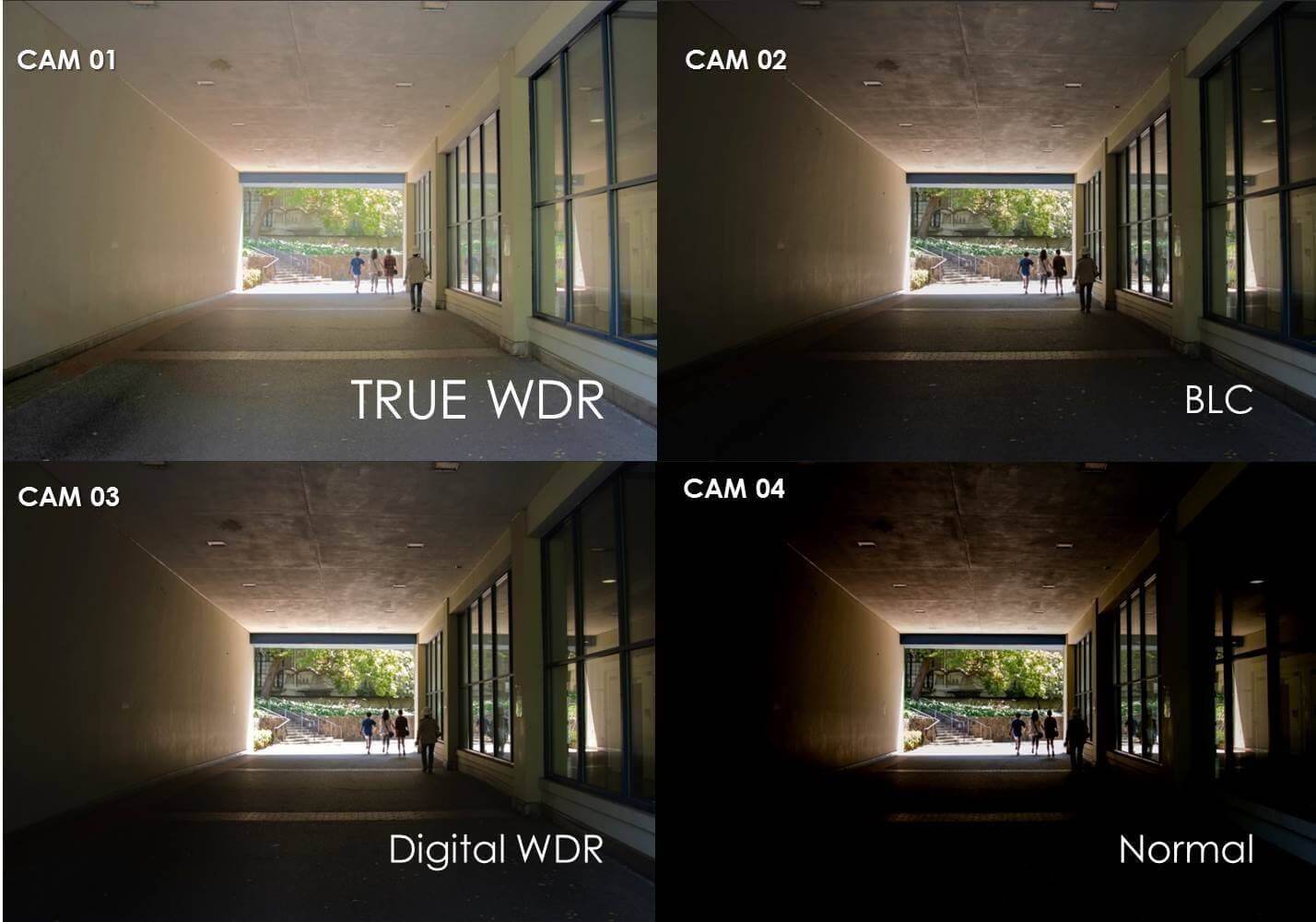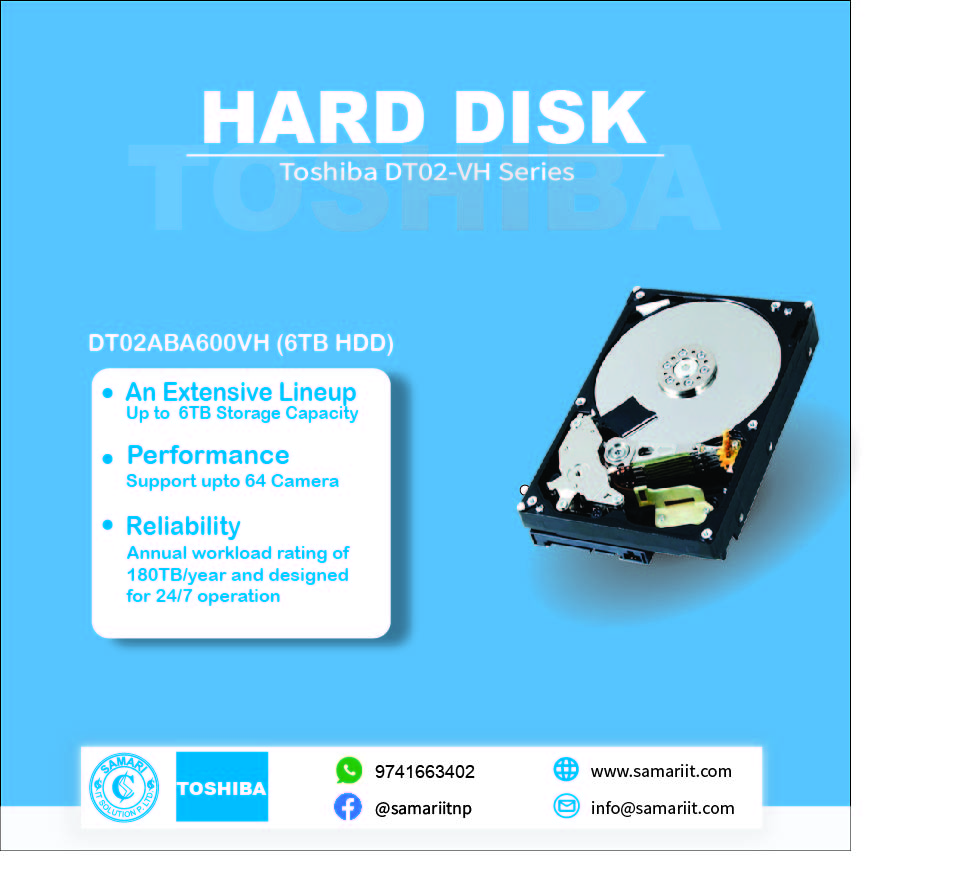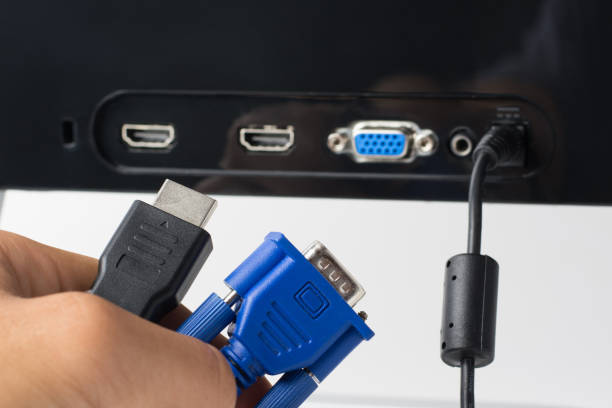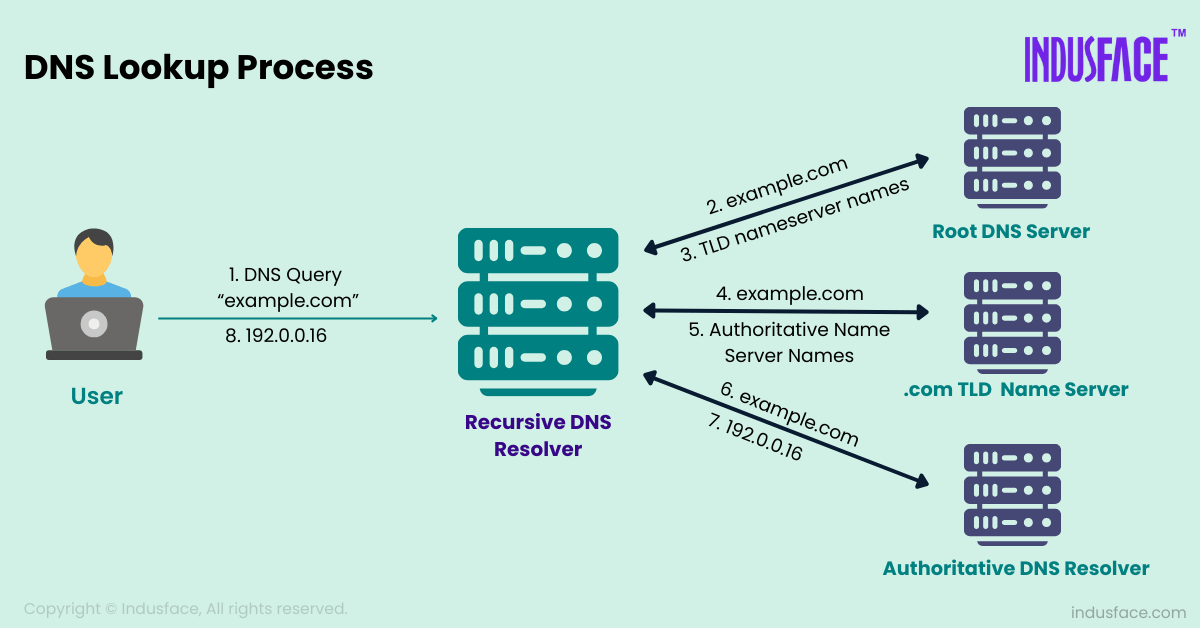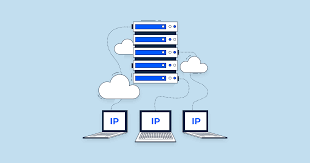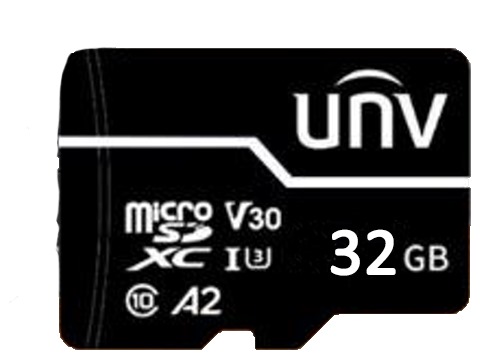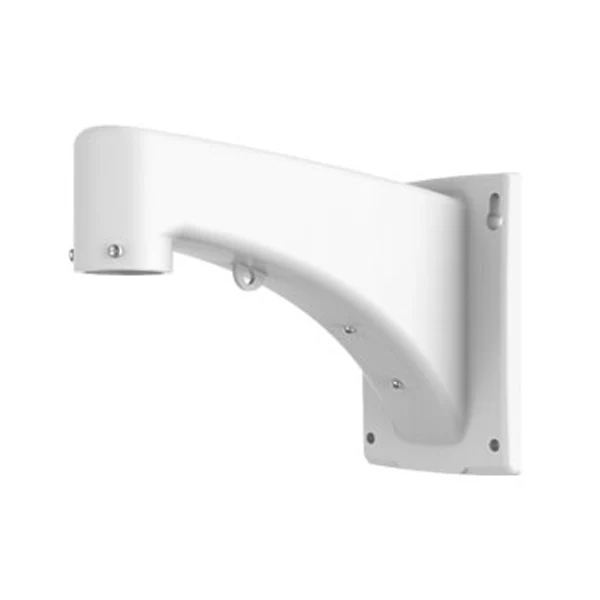Hard Disk Drive (HDD)
A hard disk drive (HDD) is an internal or external computer component that stores data, such as the operating system, applications, and user files. HDDs are “non-volatile” storage devices, meaning they retain stored data even when power isn't being supplied. Currently, the highest capacity HDD is 20 TB. However, an HDD has less space than advertised, as the operating system, file system structures, and some data redundancy procedures use a portion of that space.
How does it work?
A hard disk drive (HDD) stores data on magnetic platters that spin at high speeds. Read/write heads on movable arms read and write data by magnetizing specific areas on the platters. The controller manages these processes, and a spindle motor spins the platters. HDDs are a common storage technology, but solid-state drives (SSDs) are becoming more popular due to faster speeds and greater durability.
Different types of hard disk interfaces
An internal hard disk is connected to a computer through a data cable that relies on IDE or SATA technology to the motherboard and power supply.
1. PATA hard drives:
PATA hard drives were some of the first in the market. They used a Parallel interface standard, introduced by Western Digital in 1986. IDE and EIDE drives are examples. They transferred data up to 133MB/s and could connect up to 2 devices. Like other hard drives, they stored data using magnetism and had mechanical moving parts.
2. SATA hard drives:
SATA hard drives came after PATA. The main difference was the interface; they still connected the same way. SATA used a serial method, allowing faster data transfer than PATA. SATA needed only 250mV for operation, while PATA required around 5V.
Key aspects of a hard disk drive (HDD)
Storage: Hard disks are primary storage devices used to store and retrieve digital data on computers. They provide large capacities, ranging from gigabytes (GB) to terabytes (TB) of storage space.
Magnetic Data Storage: Data is stored on magnetic platters using read/write heads. These platters are typically made of glass or aluminum and coated with a thin layer of magnetic material.
Platters: Circular, flat disks where data is physically stored. Multiple platters can be stacked on a spindle within a hard disk.
Magnetic Data Storage: Data is stored on magnetic platters using read/write heads. These platters are typically made of glass or aluminum and coated with a thin layer of magnetic material.
Read/Write Heads: These heads are responsible for reading and writing data on the platters. They are mounted on an actuator arm that moves them across the spinning platters.
Interface: Connects the hard disk to the computer's motherboard. Common interfaces include SATA (Serial ATA) and older versions like PATA (Parallel ATA).
Spindle Motor: The motor that spins the platters at high speeds, typically ranging from 5,400 to 15,000 revolutions per minute (RPM).
Data Transfer Speed: The speed at which data can be read from or written to the hard disk, measured in megabytes per second (MB/s) or gigabytes per second (GB/s).
